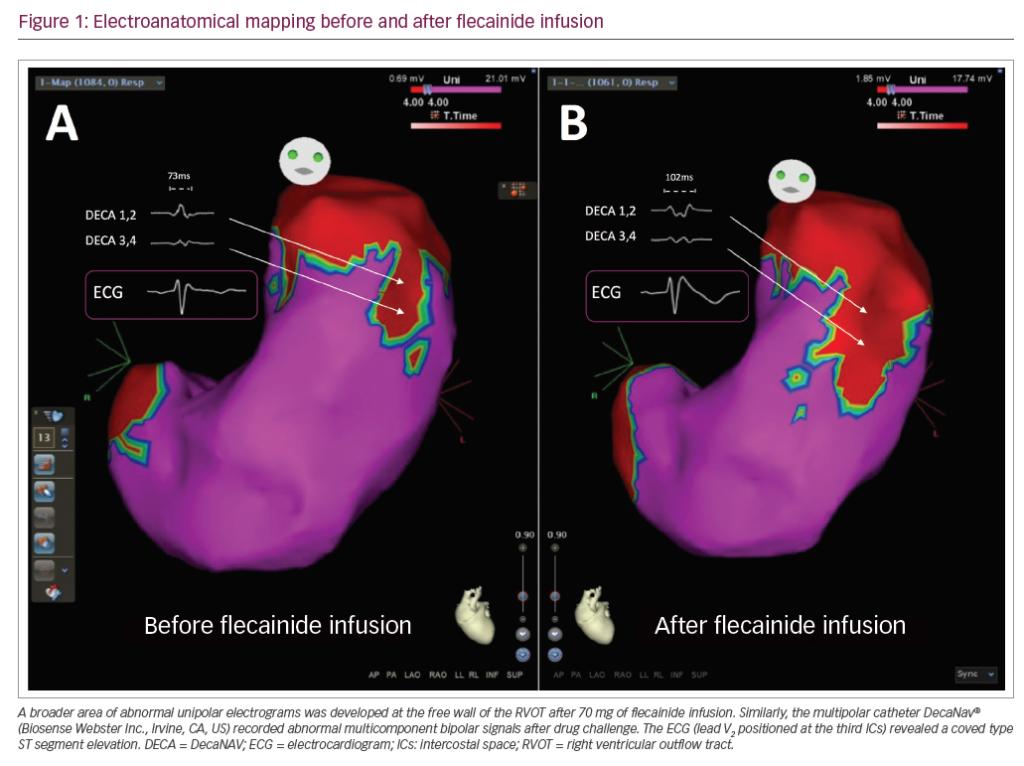Introduction: Every year two out of all children up to age eighteen die from heart problems that can be noticed by regular electrocardiography (ECG). Some of these children had been diagnosed with serious heart conditions already but haven’t showed up in routine tests or had continued to exercise with inappropriate workload. In Latvia junior athletes have once a year free compulsory health check-up tests up to the age of eighteen.
Aim of the study: To determine the findings that can be seen in electrocardiography before and after physical exercise and to check-up on the same athletes after a year.
Materials and methods: A total of 100 junior athletes at the age of 10 (in 2019th year) and 11-12 (in 2020th year) ECG were analysed. ECG’s were taken from Latvia’s sports physical and health tests, which included 100 ECG’s at rest and 100 after physical activity and again 100 ECG’s at rest and after activity one year later. Physical activity such as veloergometry tests or running for two minutes was offered to these young athletes each individually, based on their ECG at rest. Data were analyzed using IBM SPSS 26.
Results: Mode blood pressure in the study group was 100/60 mmHg. Mean body mass index in study group was 18.9. Mean heart rate at rest in the first year of study was 61 beats per minute and 73 beats per minute in second year. Mean heart rate after exercise in first year was 86 bpm but in second year 89 bpm. In 6 cases in first year and in 8 cases in second year was found right heart axis. Vertical heart axis was found in 13 cases in first year and in 12 cases second year ECG’s. In first year at rest ECG’s 1 person had 1st degree atrioventricular block but year later there were no signs of that in the same person ECG. 31 person had sinus arrhythmia in first year at rest ECG’s and 41 after the activities. In second year 46 people had sinus arrhythmia (SA) but after exercise just 34 people had SA. In first year 2 people at rest had ectopic atrial rhythm, but after a year 6 people had it at rest. Incomplete right bundle branch block was found in 20 cases before exercise in first year and in 17 cases after exercise. In 20 cases was found incomplete right bundle branch block in second years ECG’s and in 16 cases after exercise. Rest of the study group had normal heart rhythm in both years. Wandering atrial pacemaker was found in 2 ECG’s at rest and also in 2 ECG’s after exercise in first year. In 4 ECG’s was found wandering trial pacemaker in second year at rest ECG and in 5 cases after exercise at second year. One person had left ventricular hypertrophy signs but year later there were no more signs of hypertrophy. Juvenile T waves were found in 12 cases in first year rest ECG and 10 cases in second year.
Conclusion: Diastolic blood pressure was a little bit lower than as it would normally be in children at the age of ten to twelve years for 5 mmHg. Study group have 5 trainings per week as mean range. Most of the athletes had sinus arrhythmia which is normal finding, as well as incomplete right bundle branch block, which as it turns out disappears in some cases after exercise. Juvenile T waves tend to disappear as the years go, in this study group only for two athletes it disappeared in a year. ECG is one of the best and cheapest diagnostic tool to rule out cardiac problems early. As the signs in ECG changes in a year at this age, it could be useful to take an ECG test even twice a year.













